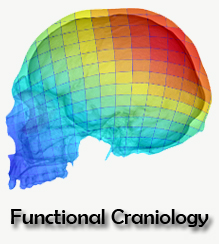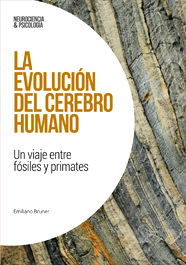We have published a new paper that expands upon our anatomical network analysis of the human brain from the last few years by adding further context to the model: the skull (Schuurman & Bruner, 2024a). The morphology of the human brain is spatially constrained by numerous intrinsic and extrinsic physical interactions, which help identifying the source of morphological variability. By modeling physical interactions among brain and skull structural components, we highlight pivotal elements, as well as general phenotypic patterns, in the craniocerebral topological organization.
Previous studies yielded useful, yet disconnected insights: an anatomical network analysis of Brodmann’s map pointed to the retrosplenial area as burdened topologically and evidenced a longitudinal modular partition of the brain (Bruner, 2022). Subsequently, a comprehensive analysis that included the brain’s subcortical elements, highlighted the parahippocampal gyrus as structurally relevant and revealed a vertical partition of the brain (Schuurman & Bruner, 2023). Finally, an inquiry on community detection as a proxy for modularity in human brain morphology proposed that the best modular partition was indeed twofold: the simultaneous presence of a longitudinal and a vertical community pattern (Schuurman & Bruner, 2024b). An effort was made to contextualize these results through the literature, arguing that our findings were likely to stem from the topology of the skull. Yet, these suspicions remained untested. Here, we directly incorporate the skull into the model to assess whether our prior justification was sensible.
The results suggest that the sphenoid bone and parahippocampal gyrus are embedded in a severely intricate topological region, subjected to strong spatial constraints that are likely to make these elements highly influential in the evolution of brain morphology. This is partly due to their role as an interface between hard and soft tissues of the head. Additionally, the ethmoid bone acts as a local hub, integrating the entire facial block, while the parietal bone is constrained by its many physical interactions with the brain. Regarding the system’s modularity, the craniocerebral complex is still marked by two complementary community patterns: a vertical and a longitudinal gradient. Indeed, the former reflects the distinct morphogenetic organization of the cranial base and vault, while the latter corresponds to that of the anterior, middle, and posterior cranial fossae. Altogether, this information is fundamental to understanding the ontogeny and phylogeny of brain morphology, especially concerning where the brain molds the skull, and vice versa.
Tim Schuurman








Leave a comment